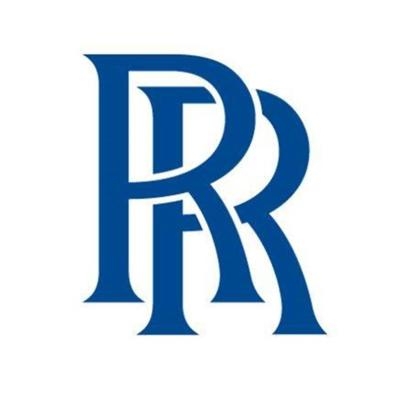Fri, Jul 16, 2021
AD 2021-14-03 Prompted By Reports Of HPT Stage 1 Blades Failing In Service
The FAA is adopting a new airworthiness directive (AD) for certain Rolls-Royce Deutschland Ltd. & Co KG (RRD) BR700-715A1-30, BR700-715B1-30, and BR700-715C1-30 model turbofan engines.

This AD was prompted by reports of HPT stage 1 blades failing in service due to sulphidation and subsequent crack initiation. This AD requires removal and replacement of the HPT stage 1 blade and HPT stage 1 blade damper. The FAA is issuing this AD to address the unsafe condition on these products. This AD is effective August 19, 2021.
Supplementary Information: The FAA issued a notice of proposed rulemaking (NPRM) to amend 14 CFR part 39 by adding an AD that would apply to certain RRD BR700-715A1-30, BR700-715B1-30, and BR700-715C1-30 model turbofan engines. The NPRM published in the Federal Register on November 13, 2020 (85 FR 72608). The NPRM was prompted by reports of HPT stage 1 blades failing in service due to sulphidation and subsequent crack initiation, due to contamination of the blade shank passing by the blade damper. In the NPRM, the FAA proposed to require removal and replacement of the HPT stage 1 blade and HPT stage 1 blade damper. The FAA is issuing this AD to address the unsafe condition on these products.
The European Aviation Safety Agency (EASA), which is the Technical Agent for the Member States of the European Community, has issued EASA AD 2018-0194, dated September 4, 2018 (referred to after this as “the MCAI”), to address the unsafe condition on these products.
The MCAI states:
- Occurrences have been reported on RRD BR700-715 engines where certain HP turbine stage 1 blades failed in service. Investigation of these events showed that these were caused by sulphidation and subsequent crack initiation, due to contamination of the blade shank passing by the blade damper.
- This condition, if not corrected, could lead to further HP turbine stage 1 blade failures, possibly resulting in engine in-flight shut-down and consequent reduced control of the aeroplane. To address this potential unsafe condition, RRD published the NMSB to provide instructions to replace the affected assembly.
- For the reasons described above, this [EASA] AD requires determination of the engine configuration and, depending on findings, removal of the engine from service to replace the affected assembly.
You may obtain further information by examining the MCAI in the AD docket at https://www.regulations.gov by searching for and locating Docket No. FAA-2020-1025.
More News
Center Weather Advisory An unscheduled weather advisory issued by Center Weather Service Unit meteorologists for ATC use to alert pilots of existing or anticipated adverse weather >[...]
“HITRON embodies the Coast Guard’s spirit of innovation and adaptability. From its humble beginnings as a prototype program, it has evolved into a vital force in our co>[...]
Aero Linx: International Airline Medical Association (IAMA) The International Airline Medical Association (IAMA), formerly known as the Airline Medical Directors Association (AMDA)>[...]
From 2017 (YouTube Edition): It’s So Simple to Operate, Anyone Can Do It… And We’re Not Kidding The drones were up and flying at the Consumer Electronics Show he>[...]
Also: Space Command Moves, Alpine Eagle, Duffy Names Amit Kshatriya, Sikorsky-CAL FIRE Collab Textron eAviation is putting the development of its Nexus electric vertical takeoff an>[...]
 ANN's Daily Aero-Term (09.13.25): Center Weather Advisory
ANN's Daily Aero-Term (09.13.25): Center Weather Advisory Aero-News: Quote of the Day (09.13.25)
Aero-News: Quote of the Day (09.13.25) ANN's Daily Aero-Linx (09.13.25)
ANN's Daily Aero-Linx (09.13.25) Classic Aero-TV: Hover Camera Passport - A Gesture Controlled Selfie Drone
Classic Aero-TV: Hover Camera Passport - A Gesture Controlled Selfie Drone Airborne-NextGen 09.09.25: Textron Nixes ePlane, Joby L/D Flt, Swift Approval
Airborne-NextGen 09.09.25: Textron Nixes ePlane, Joby L/D Flt, Swift Approval



